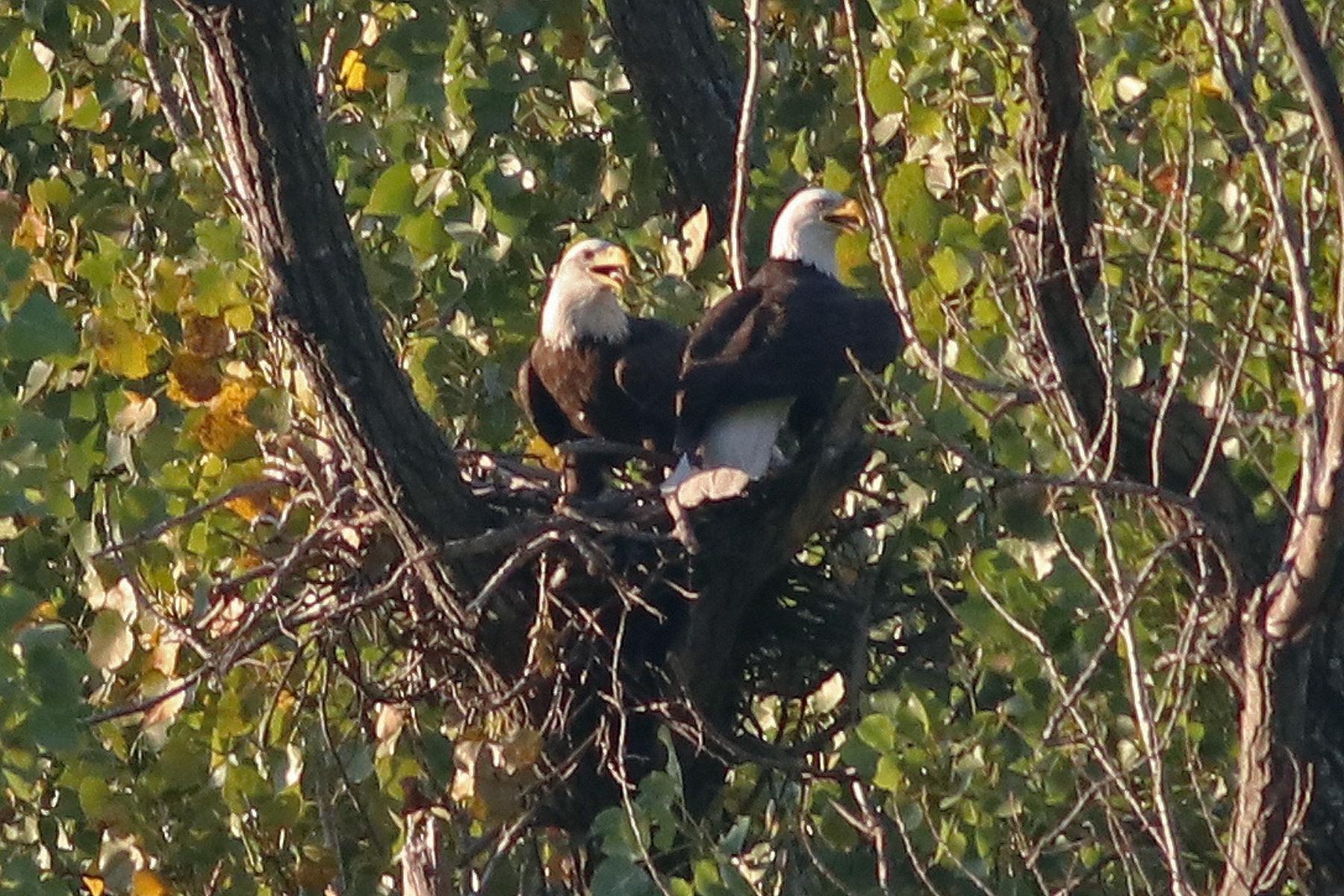About six weeks ago, a pair of bald eagles built a nest at or near or under White Rock Lake. You’ll forgive me for being vague. We’re talking federally protected animals so I don’t want to reveal the precise location of the nest and draw gawkers to it. Let’s borrow from Dick Cheney; the nest is at an undisclosed location.
Anyway, Ben Sandifer was one of the first folks to spot it, naturally. He alerted the appropriate officials at the city of Dallas, and the U.S. Fish and Wildlife Service is now involved. These folks are trying to figure out how to deal with the invasive bipeds in the area, whose activity isn’t conducive to the raising of eaglets. Things could get interesting in the coming weeks.
If you’re looking to spot the rare birds, Ben says that Sunset Bay is a good bet. The water is shallow, and Asian carp often swim through there to warm themselves up — oblivious to the risk of a swift death from above at the talons of America’s national symbol. The ducks know what’s up, though. Ben says now that the area has become a hunting grounds for the eagles, the ducks have been acting weird. Fish, ducks, babies left unattended in strollers — eagles will eat it all, man. That’s what it means to be an apex predator. You have to let everything know you mean business.
Maybe stay home and enjoy the photograph here of the eagles that Ben took. Just to be safe.





